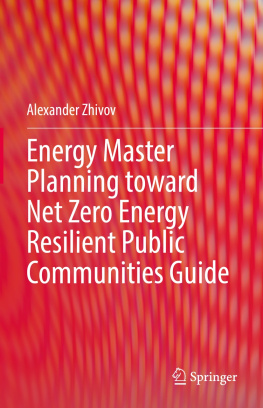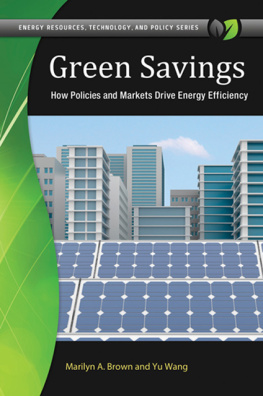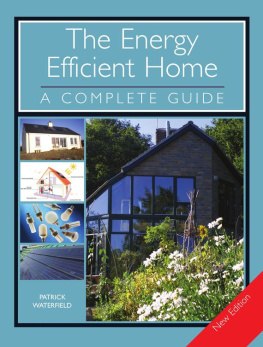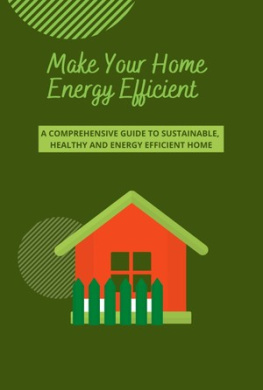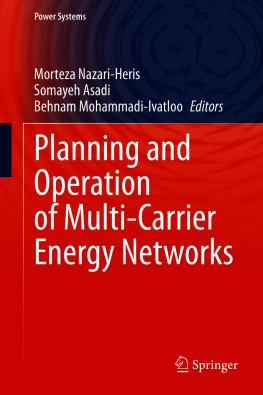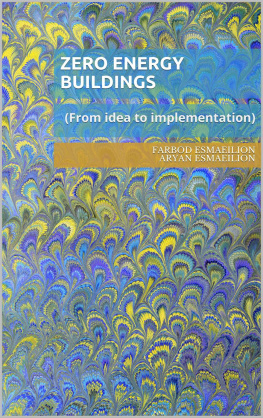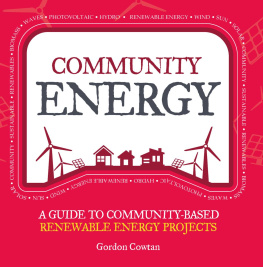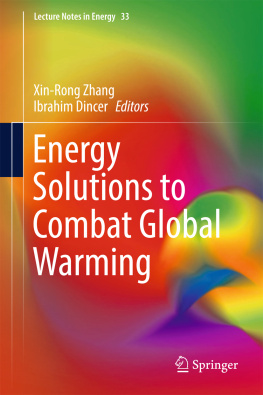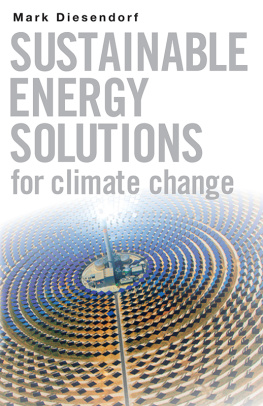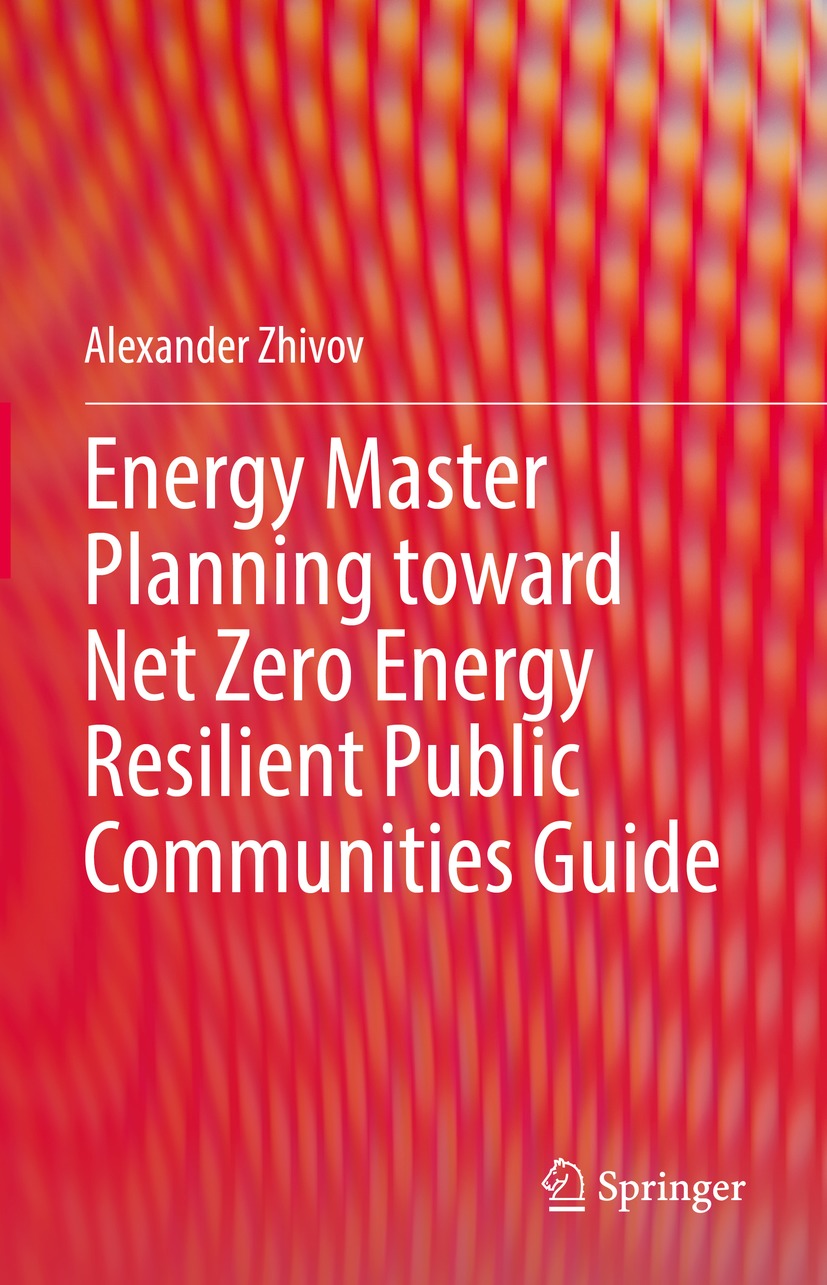Contributing authors:Ms. Kate Anderson (National Renewable Energy Laboratory, Golden, Colorado, USA)Ch 10;Mr. John Benefiel (U.S. Army Corps of Engineers, Protective DesignMandatory Center of Expertise, Omaha, Nebraska, USA)Ch. 6, Appendix C;Dr. Michael Case (U.S. Army ERDC, Champaign, Illinois, USA)Ch. 9, Appendices B and G;Mr. Patrick W. Daniels (Fort Leonard Wood, Missouri, USA)Ch. 6, Appendix C;Mr. Anders Dyrelund (Rambll, Copenhagen, Denmark)Ch. 2, and 7, Appendices B, E and F;Dr. Ursula Eicker (University for Applied Science, Stuttgart, Germany)Ch. 8, Appendix B;Mr. Peter Ellis (Big Ladder Software, Denver, Colorado, USA)Ch 8, Appendix G;Mr. Michael Fox (U.S. Army Corps of Engineers, Power Reliability Enhancement Program, Fort Belvoir, Virginia, USA)Ch. 6;Dr. Anna Maria Fulterer (AEEInstitute for Sustainable Technologies, Gleisdorf, Austria)Ch. 1 and Appendix B;Dr. Oddgeir Gudmundsson (Danfoss, Sydjylland, Denmark)Ch. 7, Appendix F;Dr. Matthias Haase (SINTEF, Trondheim, Norway)Appendix A;Mr. Thomas Hattery (Oak Ridge National Laboratory, Oak Ridge, Tennesi, USA)Ch. 10, App. H;Ms. Donna Heimiller (National Renewable Energy Laboratory, Golden, Colorado, USA)Ch. 7;Dr. Robert Jeffers (Sandia National Laboratories, Albuquerque, New Mexico, USA)Ch. 6;Ms. Melanie Johnson (U.S. Army ERDC, Champaign, Illinois)Appendix F;Ms. Kathleen Judd (Pacific Northwest National Laboratory, Richland, Washington, USA)Appendix B;Dr. Elizabeth Keysar (Concurrent Technologies Corporation, Atlanta, Georgia, USA)Appendix B;Dr. Joshua Kneifel (National Institute of Standards and Technology, Gaithersburg, Maryland, USA)Ch. 10;Mr. Ruediger Lohse (KEA Climate Protection and Energy Agency Baden-Wrttemberg, Linkenheim-Hochstetten, Germany)Ch. 4 and Ch. 10. Appendices A, B and H;Ms. Susanne Ochse (GEF Engineering, Leimen, Germany)Ch 7, Appendix E;Mr. Michael OKeefe (Big Ladder Software, Denver, Colorado, USA)Ch. 8, Appendix G;Mr. Anthony Latino (SC-B Consulting, Champaign, Illinois, USA)Appendix F;Dr. Ingo Leusbrock (AEEInstitute for Sustainable Technologies, Gleisdorf, Austria)Ch.1 and Appendix B;Dr. Richard Liesen (U.S. Army ERDC, Champaign, Illinois)Ch. 8, 9 and Appendices C and G;Dr. Natasa Nord (Norwegian University of Science and Technology, Trondheim, Norway)Appendices A and B;Mr. Raymond Patenaude (Holmes Engineering Group, St. Petersburg, Florida, USA)Appendix D;Mr. Josiah Pohl (National Renewable Energy Laboratory, Golden, Colorado, USA)Appendix F;Ms. Laxmi Rao (International District Energy Association, Westborough, Massachusetts, USA)Ch 4 and 7, Appendices E and F;Dr. Francesco Reda (VTT Technical Research Centre of Finland, Espoo, Finland)Appendix B;Dr. Behzad Rismanchi (University of Melbourne, Melbourne, Australia)Appendices A and B;Dr. Stephan Richter (GEF Engineering, Leimen, Germany)Ch 7 and Appendix E;Mr. Jorgen Rose, Danish Building Research Institute, Copenhagen, Denmark)Appendices A and B;Mr. William Rose (William B. Rose & Associates, Champaign, Illinois, USA)Appendix D;Ms. Annette Roser (Institute for Resource Efficiency and Energy Strategies (IREES), Karlsruhe, Germany)Appendix B;Jens Peter Sandemand (Ministry of Defense, Aalborg, Denmark)Appendix B;Ms. Karin Schakib-Ekbatan (Institute for Resource Efficiency and Energy Strategies (IREES), Karlsruhe, Germany)Appendix B;Mr. Terry Sharp (Oak Ridge National Laboratory, Oak Ridge, Tennesi, USA)Ch. 4, and Appendix A;Mr. Benjamin Schenkman (Sandia National Laboratories, Albuquerque, New Mexico, USA)Appendix F;Mr. Avinash Srivastava (AECOM, Washington, District of Columbia, USA)Ch. 6 and Appendix B;Mr. Andrew Stringer (U.S. Army Corps of Engineers, Power Reliability Enhancement Program, Fort Belvoir, Virginia, USA)Ch. 6;Mr. Bill Taylor (Energy Systems Group, Eagan, Minnesota, USA)Ch. 10, App. H;Mr. Calum Thompson (AECOM, Orange, California, USA)Ch. 6 and Appendix B;Mr. Sren Mller Thomsen (Rambll, Copenhagen, Denmark)Ch. 7, Appendix F;Dr. Timothy Unruh (National Association of Energy Service Companies, Washington, DC, USA)Ch. 10;Ms. Angela Urban (U.S. Army ERDC, Champaign, Illinois)Appendix B;Dr. Amanda Wachtel (Sandia National Laboratories, Albuquerque, New Mexico, USA)Ch. 6;Dr. Andy Walker (National Renewable Energy Laboratory, Golden, Colorado, USA)Ch 7;Ms. Verena Weiler (Karlsruhe Institute for Technology [KIT]. Karlsruhe, Germany)Appendix B;Dr. Jon Williams (National Personal Protective Technology Laboratory NIOSH/CDC, Pittsburg, Pennsylvania, USA)Appendix D;Mr. Keith Yamanaka (U.S. Army Garrison, Hawaii, USA)Ch. 10;Ms. Sarah Zaleski (USDOE BTO, Washington, DC)Appendix B;Dr. Alexander Zhivov (US Army ERDC, Champaign, Illinois) (Executive Summary, Ch.1Ch.7, Ch. 9, Ch. 10, Appendices A, C, D, E, and F.

